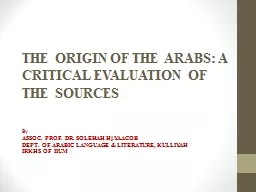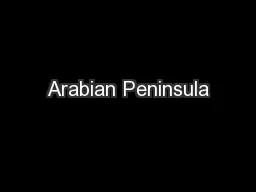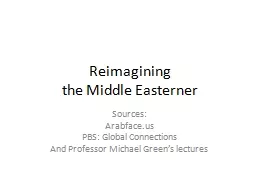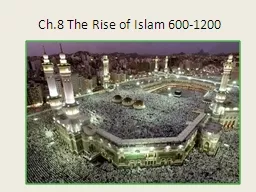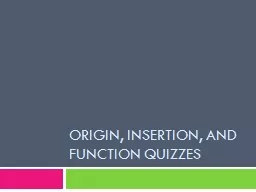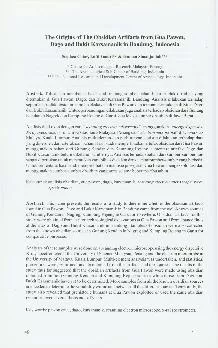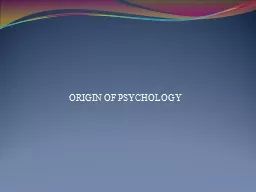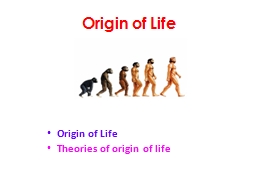PPT-THE ORIGIN OF THE ARABS: A CRITICAL EVALUATION OF THE SOURC
Author : tawny-fly | Published Date : 2015-12-03
By ASSOC PROF DR SOLEHAH HjYAACOB DEPT OF ARABIC LANGUAGE amp LITERATURE KULLIYAH IRKHS OF IIUM WHY DO I CHOOSE THIS TOPIC 1To reclaim the existence of Arabs
Presentation Embed Code
Download Presentation
Download Presentation The PPT/PDF document "THE ORIGIN OF THE ARABS: A CRITICAL EVAL..." is the property of its rightful owner. Permission is granted to download and print the materials on this website for personal, non-commercial use only, and to display it on your personal computer provided you do not modify the materials and that you retain all copyright notices contained in the materials. By downloading content from our website, you accept the terms of this agreement.
THE ORIGIN OF THE ARABS: A CRITICAL EVALUATION OF THE SOURC: Transcript
Download Rules Of Document
"THE ORIGIN OF THE ARABS: A CRITICAL EVALUATION OF THE SOURC"The content belongs to its owner. You may download and print it for personal use, without modification, and keep all copyright notices. By downloading, you agree to these terms.
Related Documents

